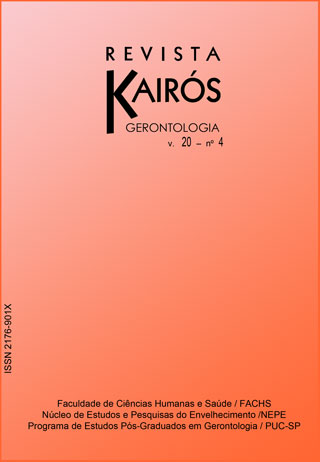Health profile of adventist elders who exceeded life expectancy
DOI:
https://doi.org/10.23925/2176-901X.2017v20i4p175-194Keywords:
Elderly, Longevity, Functional evaluation, Nutritional status, Fear of falling, Functionality.Abstract
The objective of this study was to study the health profile of Seventh-day Adventist elderly who exceeded the average life expectancy. The study was transversal observational analytical. A total of 90 elderly people with an average age of 82.9 years participated in the study. The data collection consisted of the application of the following evaluation instruments: The mini mental state examination (MEEM), socio-demographic questionnaire to know the social profile; mini nutritional assessment (MAN), International Falls Efficiency Scale (FES). The basic activities of daily living (BADL) were assessed by the Katz functional scale and the Lawton and Brody Scale of instrumental activities of daily living (IADL). The majority of the elderly interviewed were white, married, with 7.3 years of education, retired, children of long-lived and male parents. The most prevalent disease was hypertension. The burden of disease was 3.2 diseases. The Katz Scale score was 6.3 ± 0.8 points, in the Lawton and Brody Scale of 25.1 ± 3.8, in the FES Scale was 24.7 ± 10.4 and in the MAN score of 11, 7 ± 1.3 points. There was no difference when men from women were compared. When the correlations between the studied variables were made, there were many significant but weak correlations. Only 4 correlations were considered moderate. Positive correlation between IADL and MEEM, between IADL and MAN, inverse correlation between IADL and FES and IADL and BADL.


